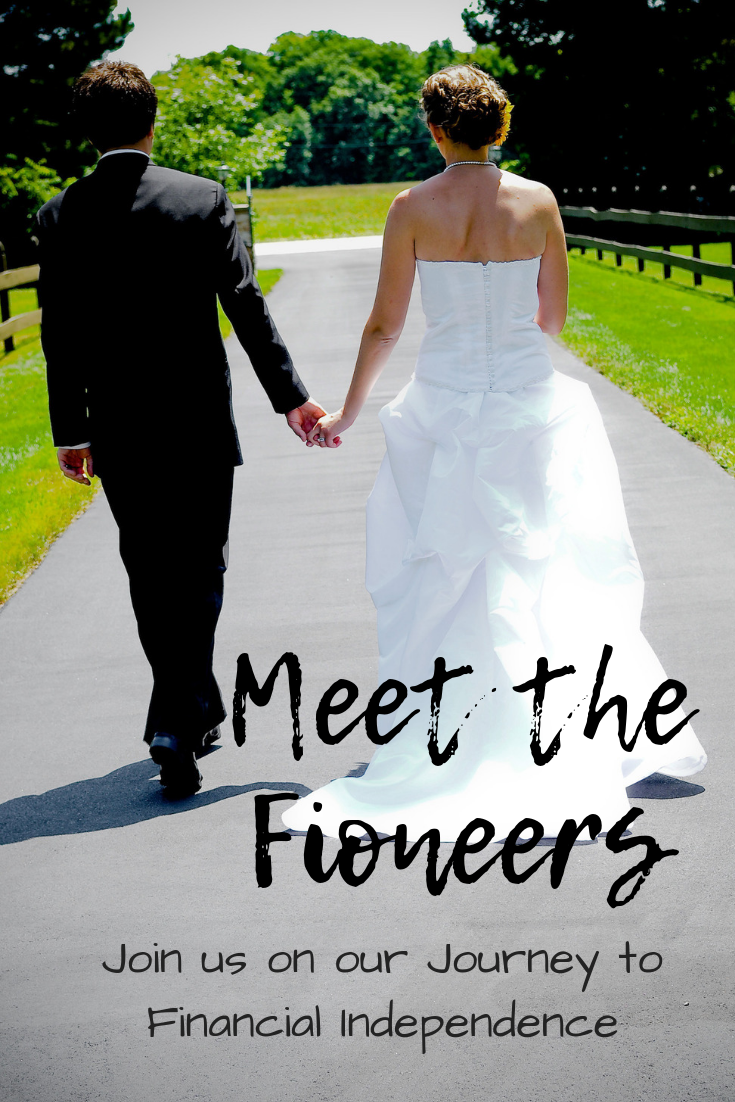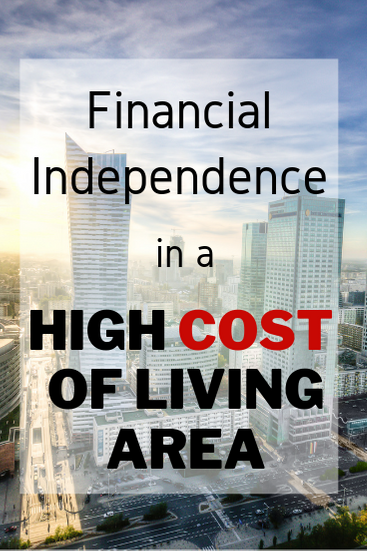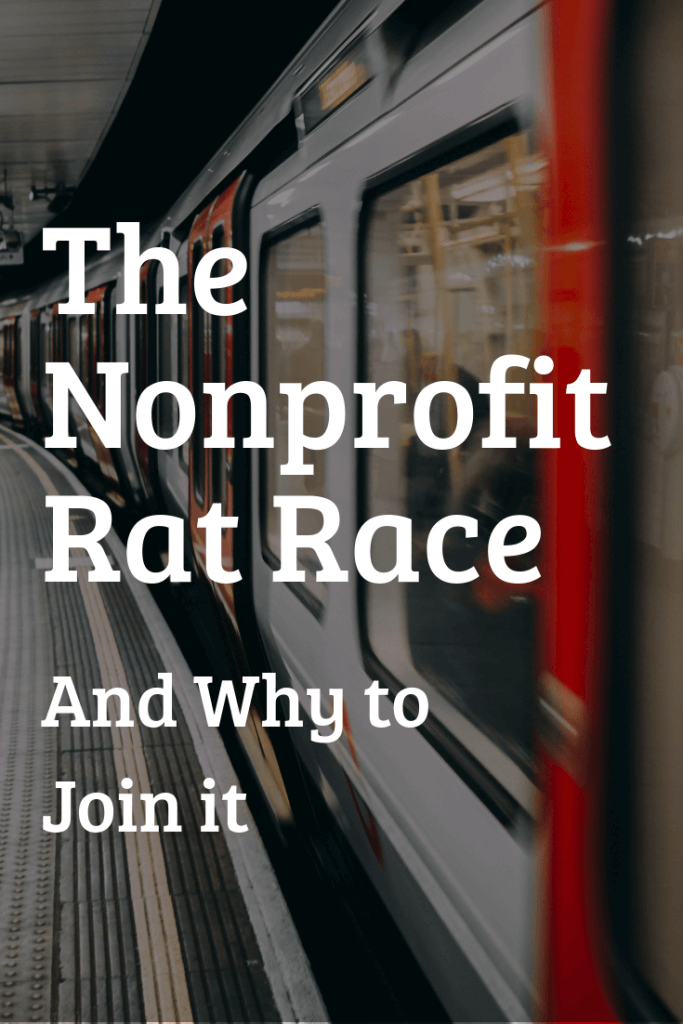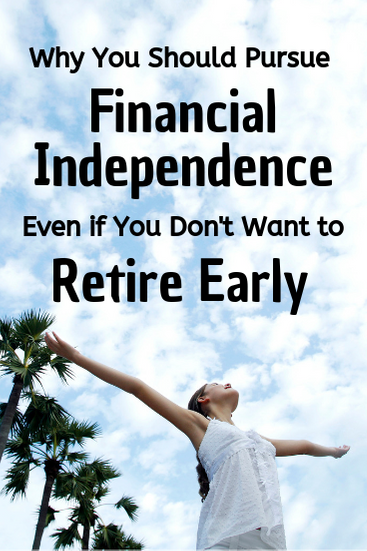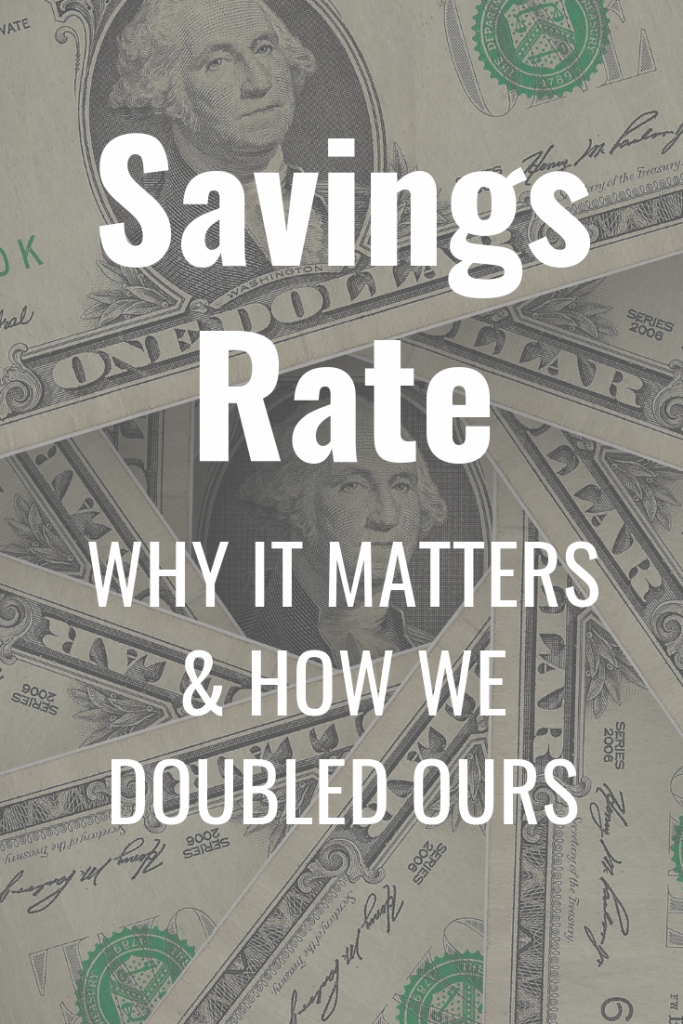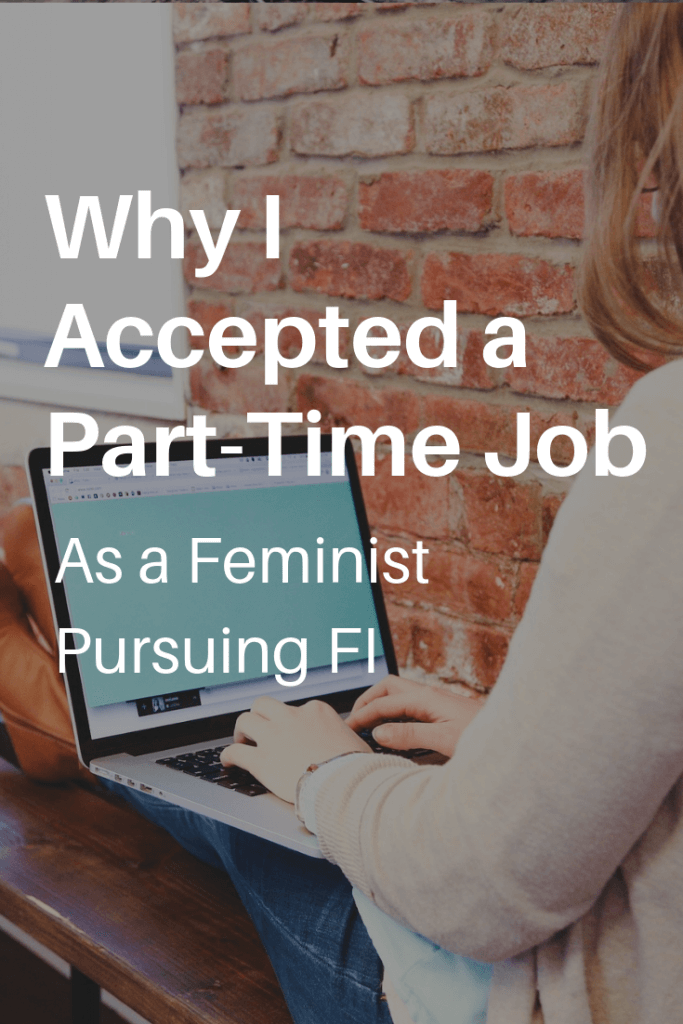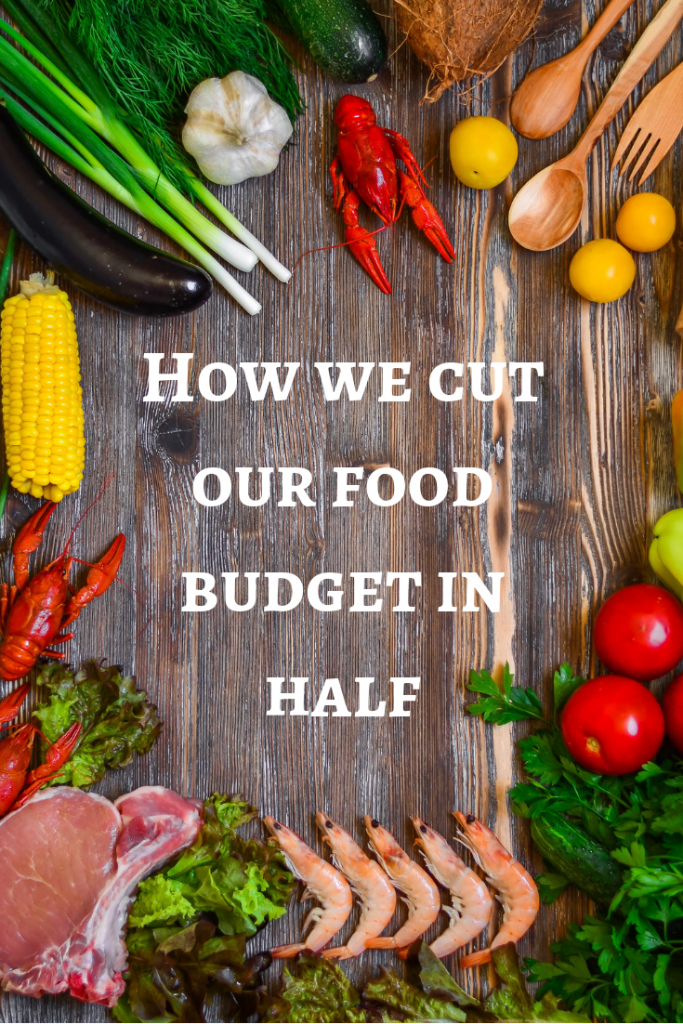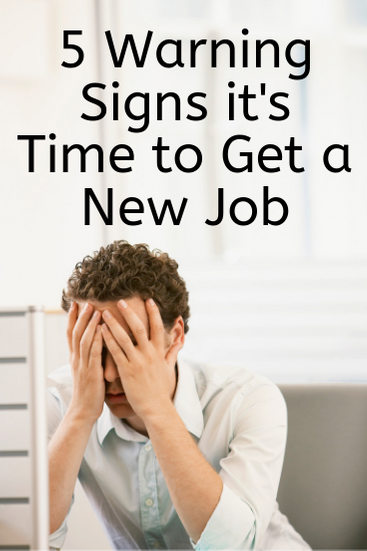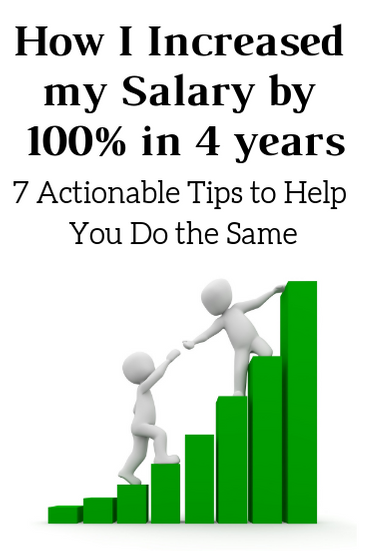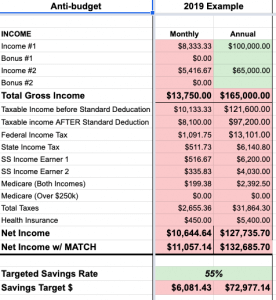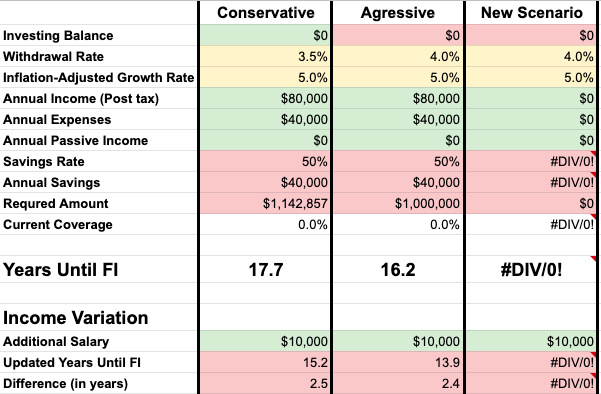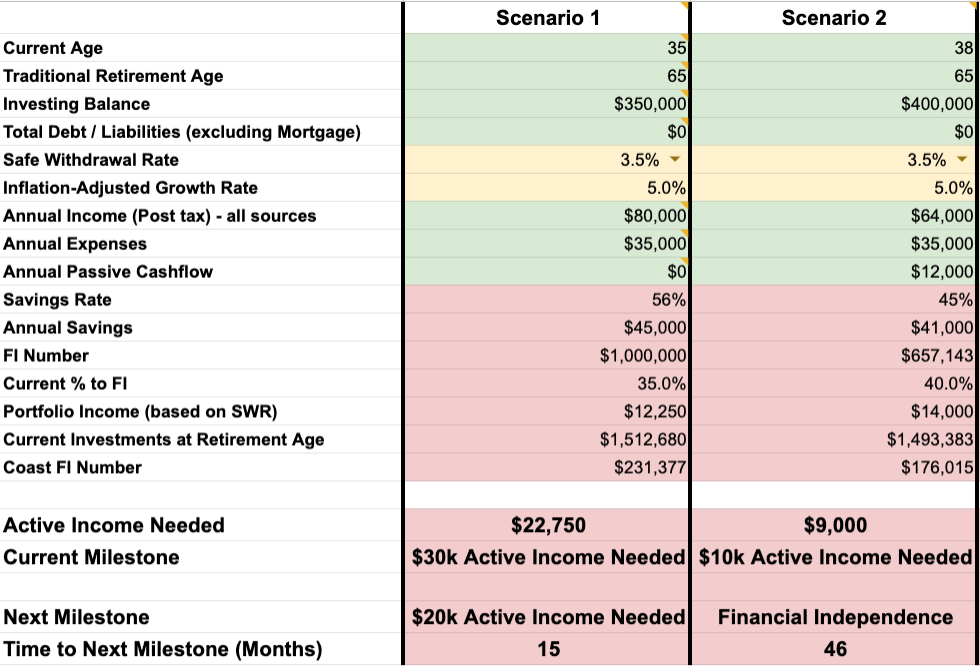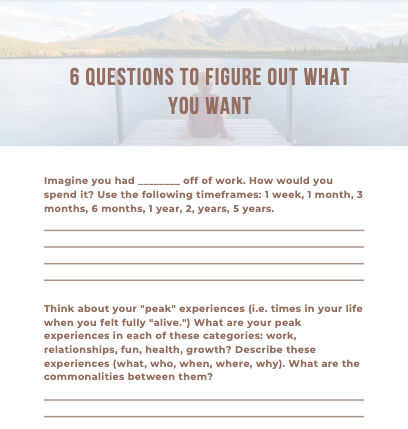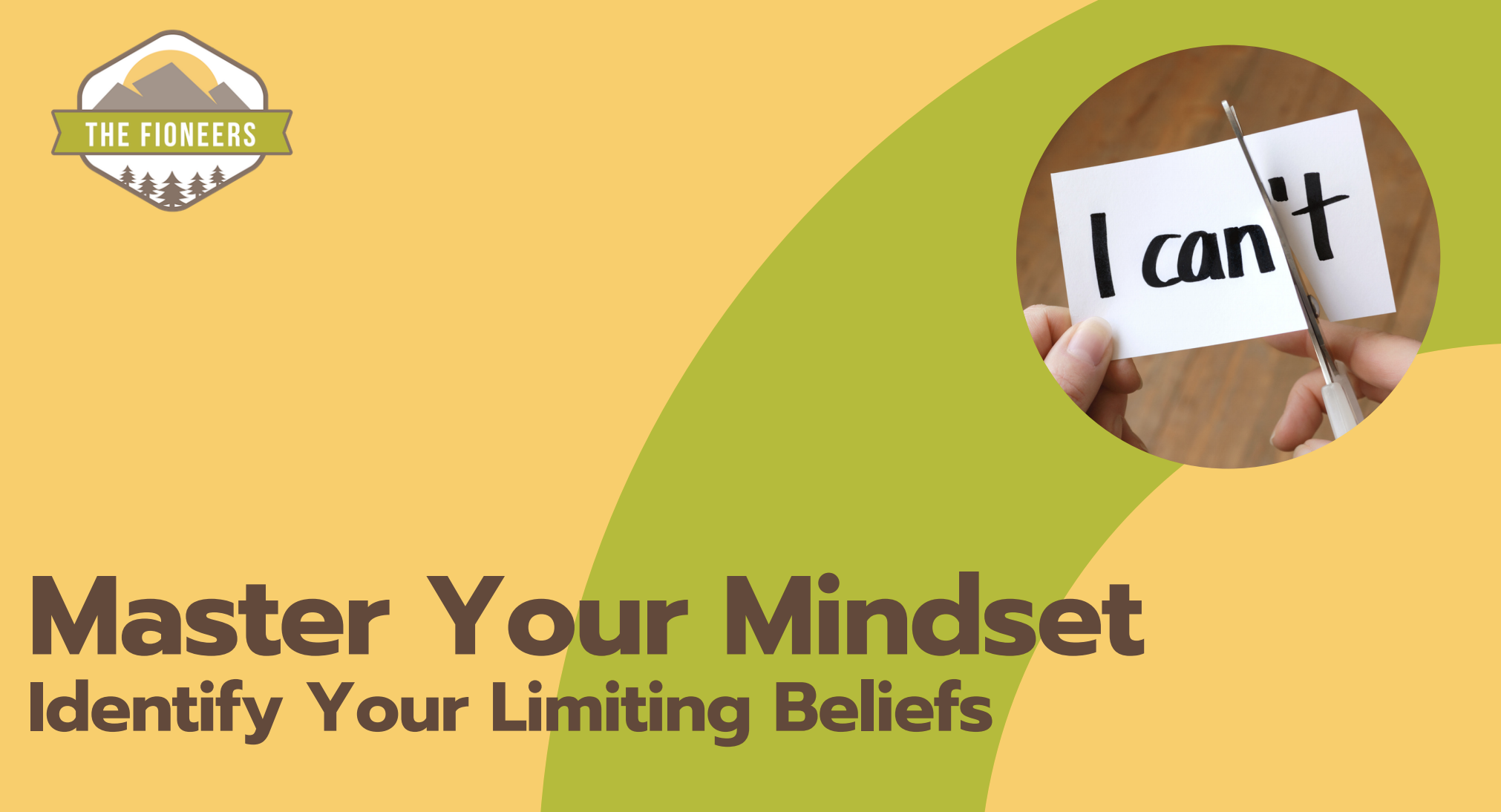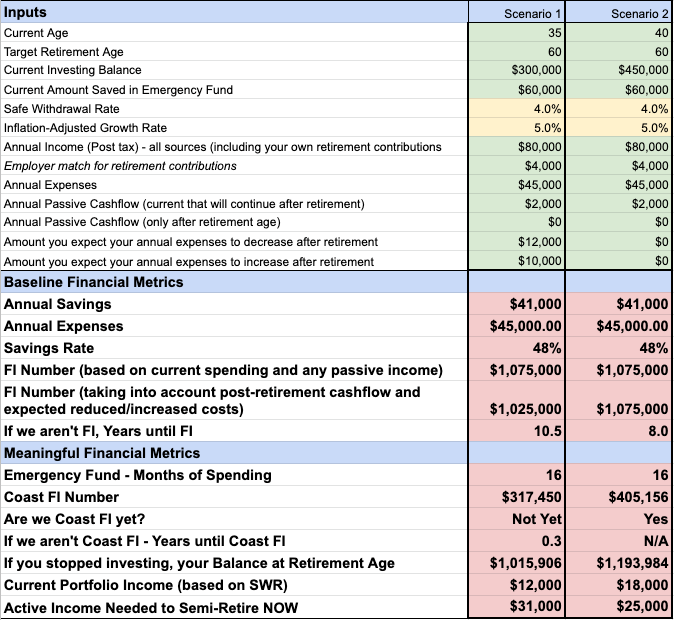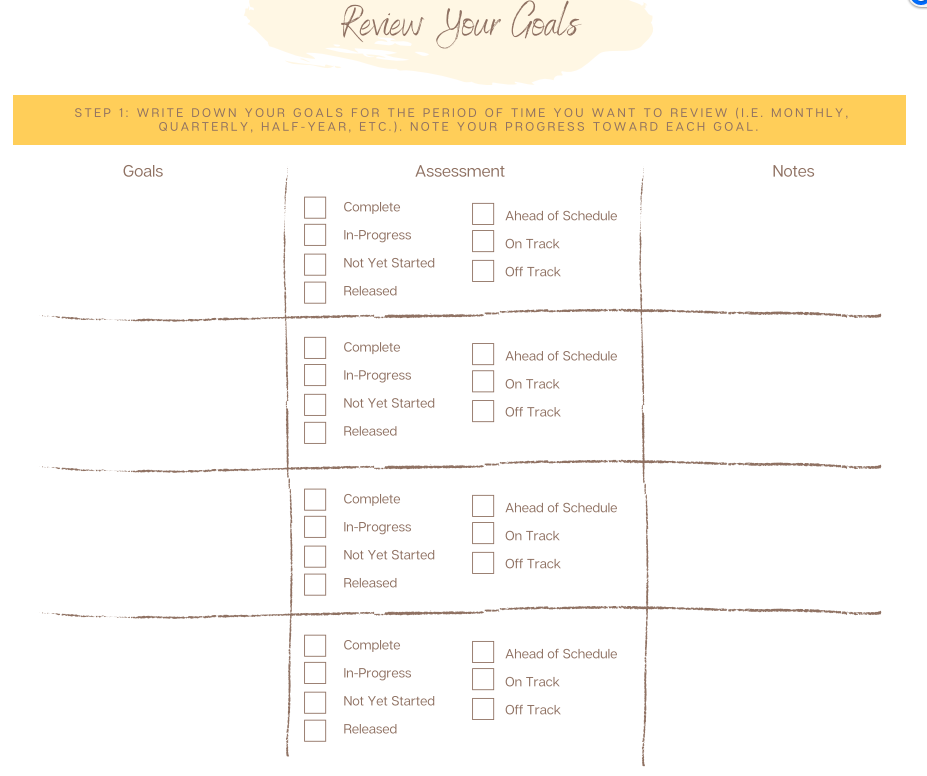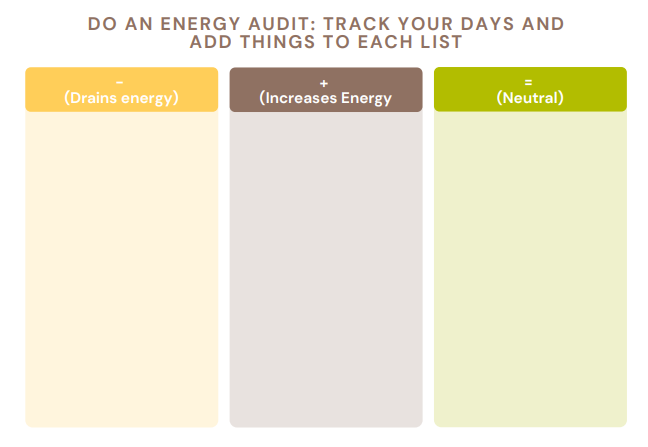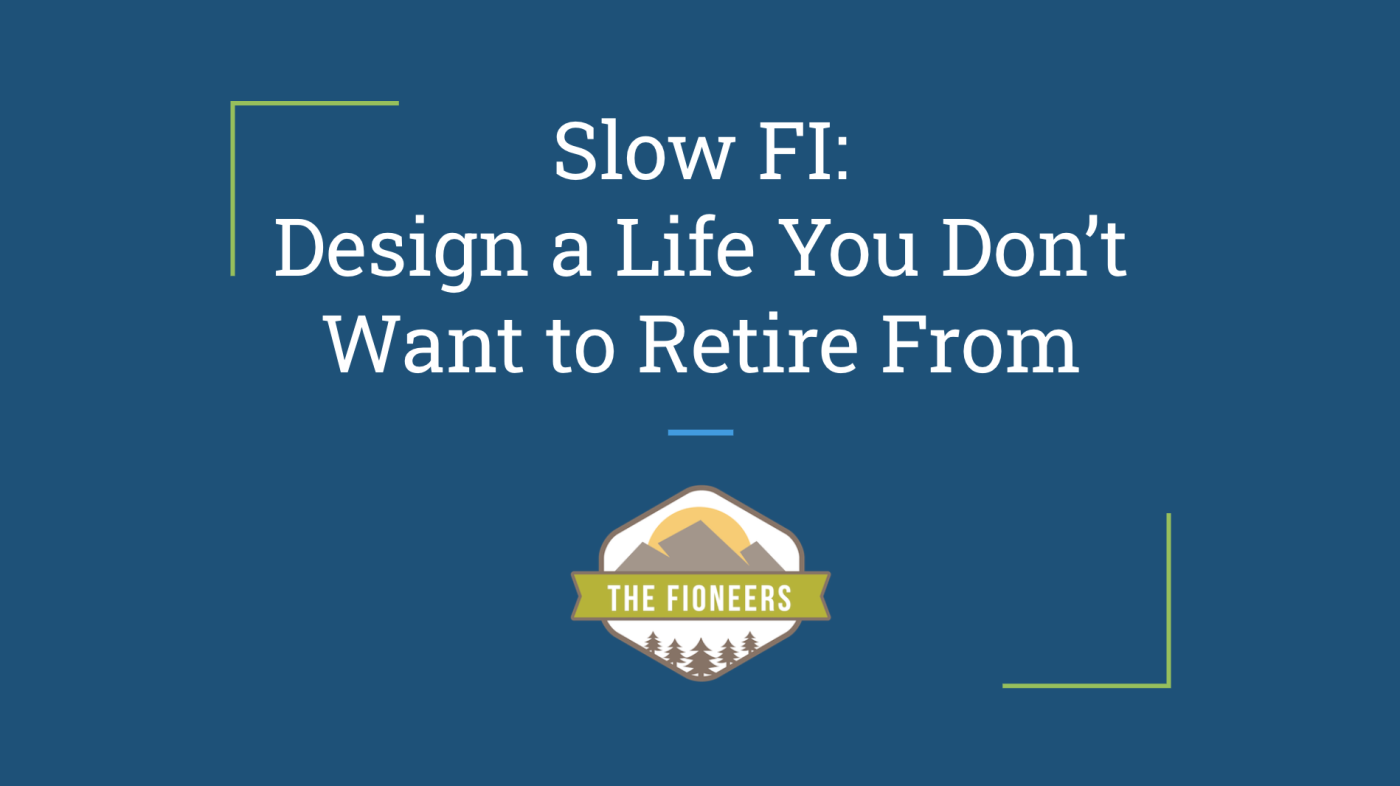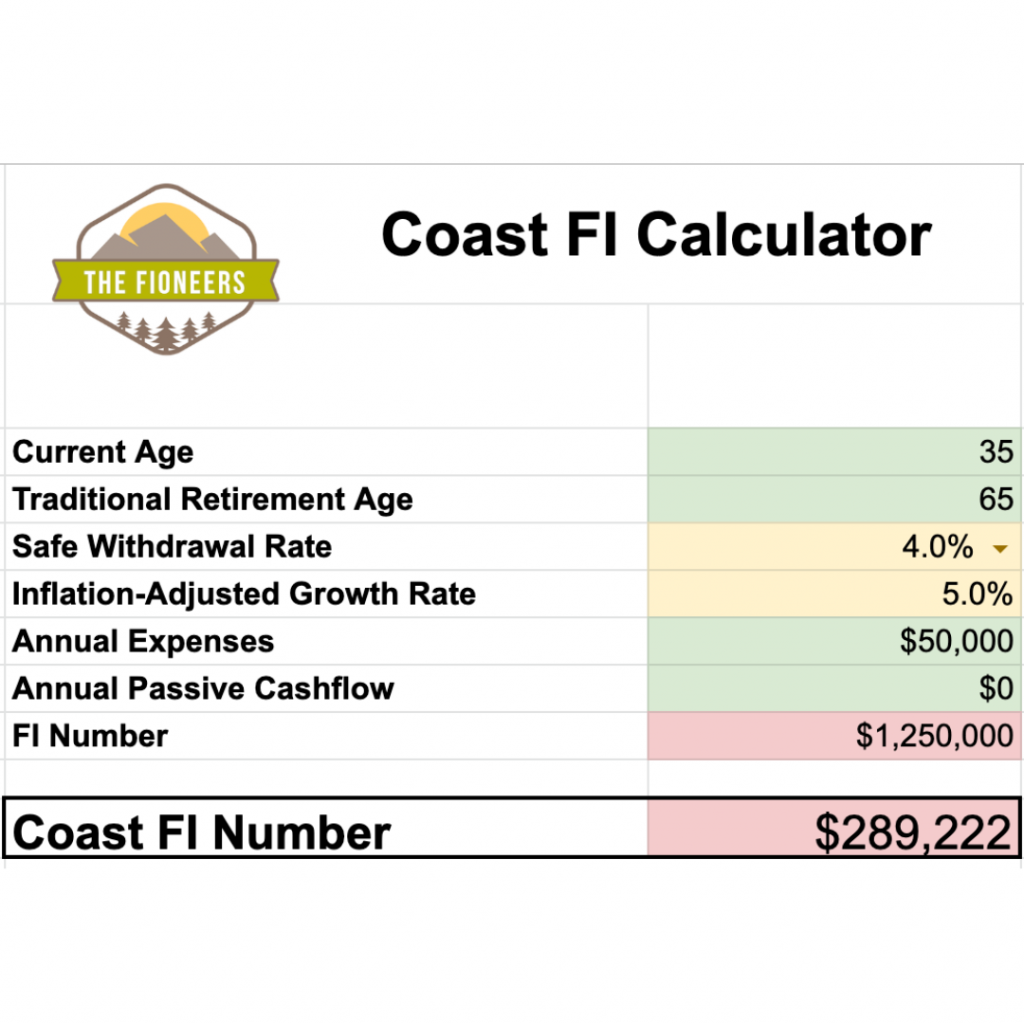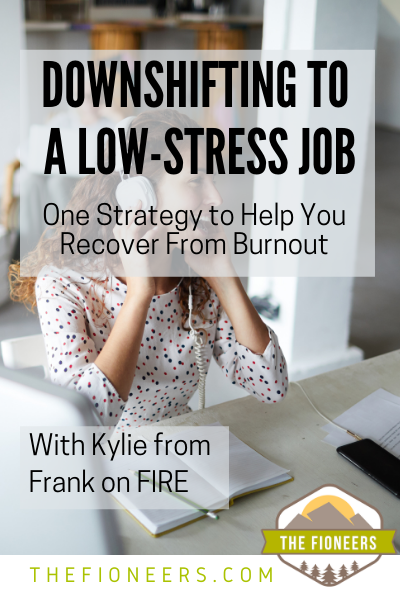
In 2018, I was experiencing severe burnout. It caused severe anxiety, panic attacks, fatigue, and migraines.
Downshifting my career allowed me to dramatically improve my health and well-being. First, I took a 6-month career break to deal with burnout and anxiety. Then, I went back to work part-time. Later, I started a passion-based business and turned it from a side hustle into my main gig.
Each of these steps has provided me with something different, but they are all in an effort to design a life I truly love.
Each person’s path is unique. Today, I want to introduce you to Kylie who writes the blog Frank in FIRE. Earlier this year, Kylie was also experiencing severe burnout that was impacting her mental and physical health.
Within the last year, she’s downshifted twice. First, she reduced her hours at work. When she realized that still wasn’t what she wanted, she downshifted again. She found a role with less responsibility and lower stress that was closer to home. Even though the new role is full-time, it still feels like she downshifted. It has dramatically improved her quality of life.
When I asked Kylie if she wanted to participate in a Slow FI interview, she was worried that I might not be interested in her story since she’s working full-time again.
My response was, “Of course I want to share your story! Slow FI is what you decide and taking a lower-paying, lower-stress job completely fits with the message.”
Each person’s path is unique. Slow FI doesn’t have to look a certain way. You get to decide what Slow FI and lifestyle design mean for you.
Let’s get into the interview.
1. Tell me a little bit about you.
I’m Kylie. I make up one-half of Frank on FIRE. People are always surprised to find out that neither my nor my husband’s name is Frank. Frank happens to be our dog’s name. But, more frank means honest. We have been sharing our story for just over 2 years, and we aim to share the good, bad, and ugly parts of our journey to financial independence.
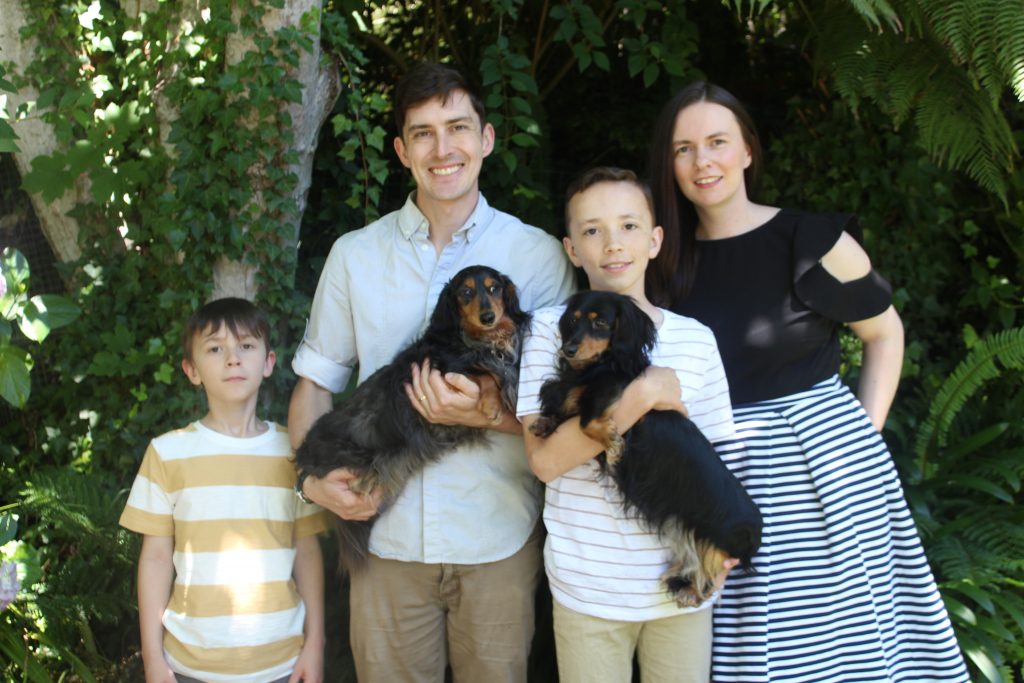
My husband and I are in our mid 30’s. We live in Australia, have been married 14 years, and have two older children (ages 13 and 10). I discovered the FIRE community in mid-2019 after hearing the Minimalists talk about FI. I introduced my husband to the concept shortly afterward.
We both immediately connected FIRE with the idea of becoming work optional. We would love to spend more time with our family and pursue our passion projects. My husband enjoys woodwork, and I wanted to spend more time gardening and painting.
2. What deliberate decision have you made to slow down and improve your life?
18 months into our journey towards FIRE, we managed to invest our first $100k. We should’ve felt on top of the world with this achievement. Instead, I was struggling with extreme burnout from work.
At the time, I was working a high-stress role as a Business and Data Analyst. On top of a stressful role, my office was located over an hour from home. I was paid well, but my mental and physical health were suffering. This impacted my ability to be the best mom I could be for my boys.
In early 2021, it became abundantly clear to me that this kind of progress towards financial independence was not sustainable nor enjoyable.
Something needed to change.
Around this time, I started to read more and more about alternatives to the traditional FIRE path. I found Jessica’s post on The Fioneers called “What I Love (And Don’t) About Working Part-Time”.
Working part-time appeared to be a great way to regain my time and health without stopping our progress towards financial independence. I, then, discussed the change with my manager and moved from a 5-day working week to a 3-day working week.
For about 3 months, I gained an extra 20 hours/week back into my life. I used these hours to recover from burnout, regain control of the household, and do a lot of soul-searching about my career.
After 3 months, I realized that moving to part-time work wasn’t enough. I didn’t enjoy that job in the first place, so switching to part-time wasn’t enough.
Because of this, I decided to downshift again. This involved downshifting from a part-time, high-stress role to a full-time, low-stress role in the same professional field that was closer to home.
It’s been 6 months since I downshifted again (into the full-time, low-stress role), and it’s been a great change for our family.
3. How has the decision to downshift your career into a low stress job impacted your quality of life?
Prior to downshifting, I felt like I was drowning. Nothing could save me from my situation. Even when I wasn’t at work, I felt the pull of work through phone calls at all hours and a to-do list that never seemed to get shorter.
At the time, I didn’t realize how much my work was impacting my mental and physical health. I used convenience foods to make up for being so time-poor. I didn’t exercise regularly because I was so tired after working long hours. I also had a severe recurrence of an illness that I hadn’t experienced for some time. I even ended up needing an endoscopy and medication to treat this.
Since downshifting, I feel like a different person at home and at work.
When I go to work, I enjoy it. I no longer have the burdens of my high-stress job. I’m no longer on call, don’t take work home, and can switch off more easily.
I’m also happy to report that my illness has resolved, and I don’t even need to take medication for it. I’ve started walking regularly, and my diet has improved. My husband and kids have also noted the difference. I am now much happier!
4. How did downshifting your career impact your financial goals or timelines?
Part-time work and downshifting my career to take a low stress job resulted in a significant drop in income. Despite this, we are still tracking to hit financial independence in 8 years. The reason for this is that we lowered our FI number by approximately 250k.
Initially, when we calculated our FI number, we wanted all the bells and whistles. We thought this would make up for all the sacrifices we were going to have to make along the way.
However, if we were now going to focus on enjoying our pre-FIRE lives just as much as our post-FIRE lives, ‘Did we really need that extra?’.
The answer was ‘No’.
When we really thought it through, it was clear that we were happy to continue to live the comfortable and simple life we live now. We didn’t need all that extra, especially not at the expense of working more.
What was more important and valuable for us was having more control over our time, which for us is our most valuable resource.
5. What enabled you to downshift your career into a low stress job?
Since having children, we have always budgeted as if we were a one-income family even when we were fortunate to have two incomes at times. This has had the benefit of allowing us to invest/save 100% of that second income toward our goals.
It has also enabled us to take time off as needed. For example, my husband was diagnosed with cancer at age 28. He needed significant time to recover and then retrain in a new career. For 5 years, he recovered and studied while we lived off my income.
Living off one income and saving/investing the other has given us the flexibility to make decisions based on more than just money. For this reason, I believe we felt more comfortable taking the significant pay cut we did by downshifting.
6. Were there things in your life you adapted since downshifting so you could continue to work toward your goals?
I updated our investing goals as soon as our income decreased and started a new visual tracker to refocus our energy. My husband and I are very visual people so it was important that we reset our goal, and avoided our own comparisons.
We also made a few changes to our wealth-building strategy to offset the reduction in income. This resulted in us seeking professional financial advice. We have recently incorporated a debt recycling strategy to assist us in our quest for financial independence.
For those not familiar with the term debt recycling, it involves paying down your mortgage and then borrowing that money to use for investment purposes. This strategy can be a way to build up your wealth in a tax-efficient way as typically in Australia the interest on investment loans is tax-deductible against any income earned through the investments purchased with the loaned funds. Debt recycling is a high-risk strategy which is why we have sought professional advice to ensure it’s set up correctly.
7. How did your pursuit of FI help or hinder your decision to downshift your career?
Initially, my unhealthy desire to hit FI at any cost hindered my ability to make the decision to reduce my hours, income, and eventually downshift. Despite doing the math and rationally realizing that we could do this, it was still hard.
As the higher income earner, I was worried that this decision might mean that we’d never reach FI. If we didn’t, I would feel accountable for this.
Thankfully my husband was the voice of reason. He kept on reminding me that there was no point getting to FI at the cost of my health. He also suggested we try reducing the amount we put into our investments even before I made the decision (to better match the amount we’d be able to do at a lower income).
The aim of this exercise was to confirm that my calculations were correct. It demonstrated that we would still be able to make progress towards financial independence in our desired time frame. After a couple of months at the reduced rate of investing, I felt confident enough in my calculations and made the decision to reduce my hours, income, and eventually “downshift”.
8. Why and when do you think someone might consider downshifting their career to take a low stress job?
Downshifting your career involves taking a step down in the role you have now to a level with less stress or minimal management duties. Often when we start our careers, our first roles are quite technical and without supervisor or management duties. Then, over time, we climb the career ladder lured by the dollar and may move to management positions.
Management positions aren’t for everyone or might not work for people in different seasons of life. For a long time, I loved working as a manager. Over time, the stress and expectations of it wore me down. I didn’t want to be on call every day. I didn’t want to deal with the politics. I just wanted to do a great job and come home. If you are having similar feelings, then “downshifting” might be something you might want to consider.
9. What advice do you have for someone considering a similar decision?
Leaving or quitting a job is often a difficult decision to make. This is often because you’re taking an upwards step and there are so many unknowns.
The great thing about downshifting is that you are likely overqualified for the role, already have the skills, and know exactly what you’re in for.
This is why I would 100% recommend giving it a try if you’re thinking about it. You’ve got nothing to lose and your happiness to gain.
Thank you so much, Kylie, for sharing your story with us!
There are so many important things I’d love to underscore coming out of this interview, but I’ll stick to three things!
First, I want to remind us of the impact that burnout and stress have on our bodies and minds. In order to understand if we are suffering from burnout, it’s important to first have a clear understanding of what it is and how it happens.
According to Psychology Today, burnout is a “state of emotional, mental, and often physical exhaustion brought on by prolonged or repeated stress.”
How does it happen? First, we experience stress, which triggers a fight or flight response in our brains. When this stress is repeated or prolonged, it kicks our immune system into overdrive to help prevent illness.
Unfortunately, our bodies can’t sustain operating on overdrive for long. It leads to exhaustion and burnout. Burnout can cause mental and physical health issues like chronic fatigue, depression, anxiety, headaches, ulcers, GI issues, and insomnia. It could even contribute to heart attacks, cancer, or death.
If you are suffering from burnout, downshifting your career is one option that could help.
If you want to break the cycle of stress and burnout in your life, I’d encourage you to check out my recent post Burnout Recovery: 6 Strategies I Found Super Helpful. This post can provide you with some strategies to try before deciding to downshift.
Another important thing that I want to call attention to is that downshifting (or designing your life in any way) is not a one-time decision. It’s not irreversible. Oftentimes, you can change your mind. And, most people continue to adapt things further. It’s not “one and done.”
I took a career break. Then, I decided not to go back to the toxic job that caused my anxiety in the first place. Working part-time was awesome, but it didn’t have to be forever. Now, I run my own business, and there are numerous lifestyle options that could come next.
Kylie first reduced her hours. When that wasn’t exactly what she wanted, she switched jobs to something less stressful. I’m interested to see how she continues to design her life in the coming years.
Finally, I absolutely loved how Kylie “practiced” the finances of downshifting to help her build her confidence.
Experimentation is an important part of making any lifestyle shift. Sometimes, we can’t just muscle our way through and change our mindset. Instead, maybe we need to test out the shift in a smaller, less scary way.
Instead of immediately downshifting, Kylie “practiced” downshifting her finances first. She started contributing less to her investments and saw that she was still able to make progress toward financial independence. This gave her the confidence to downshift.
Another good example is my friend, Mel (who runs Modest Millionaires), who did a Slow FI interview earlier this year about taking a sabbatical to test out semi-retirement. When she started the sabbatical, she wasn’t sure whether she’d go back to work or not. But, she knew that she could change her mind at any moment. Over the course of the year, Mel saw her net worth and investments continue to increase, even though she wasn’t contributing to the accounts. This “test” gave her the confidence to completely quit and take a semi-retired approach.
If you are struggling with a decision to downshift (and working through the number alone isn’t helping), try experimenting for a few months. It may give you the confidence to move forward!
If you’d like to continue following Kylie’s journey, you can find her in the following places:
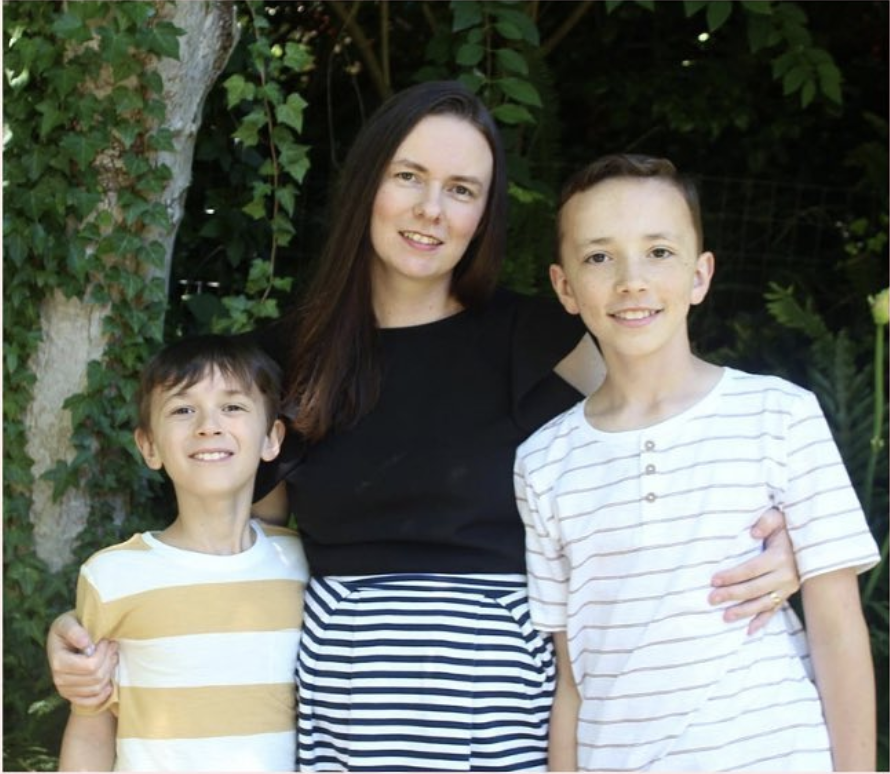
- Blog: frankonfire.com
- Instagram: @FrankonFire_

